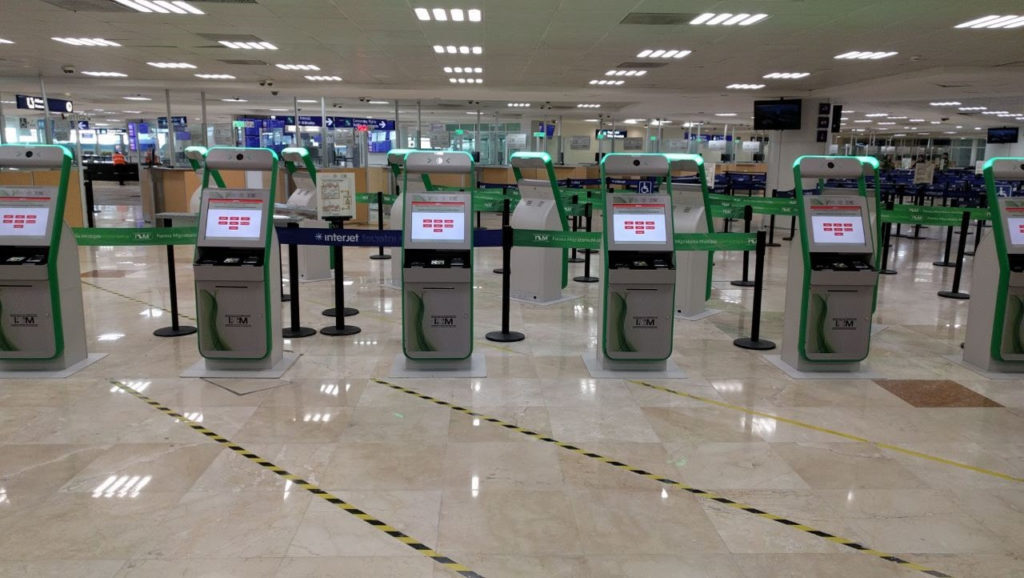The Mexican government contracted air transportation IT provider SITA to roll out 100 automated border control (ABC) kiosks at three major airports across the country including Mexico City, Cancun and Los Cabos airports.
SITA acted as the systems integrator across the project, balancing the requirements of the Mexican authorities and the three operators including Aeropuerto Internacional de la Ciudad de México (AICM), Grupo Aeroportuario del Sureste (ASUR) and Grupo Aeroportuario del Pacífico (GAP).
Gerardo Ruiz Esparza, secretary general, SCT, the Mexican Ministry of Communications and Transportation, said, “The installation of these kiosks represents another example of the implementation of state-of-the-art technology in Mexico, aimed at preserving the safety of people and their goods, as well as facilitating activities related to aviation. Automating the entry of domestic and foreign passengers who do not require a visa is achieved by capturing biometric data (fingerprints, photography and scanning of the passport), which quadruples the capacity of passenger attention for each migration agent.”
Elbson Quadros, vice president, Latin America, SITA, said, “This is an exciting development in Mexico. The country is well known for its tourism and our automated border control kiosks will improve the experience for passengers at these key airports. As with most border management operations, making this improvement involves many government agencies working together with various airport operators. SITA is the integrator working with all parties, drawing on our decades of border automation experience with more than 40 governments worldwide, to deliver a secure and seamless passenger journey in Mexico.”
Initially, the SITA automated border control kiosks will be used to securely identify passengers as they enter the country. In time, they will facilitate the full admission process for Mexican citizens and those non-citizens who do not require a visa for entry. Arriving passengers will use the kiosks to provide standard travel information to the authorities, place their hand to be scanned for fingerprints and then, once their identity is verified against the INM (National Institute of Immigration) database, they will be given the all-clear to enter the country.

